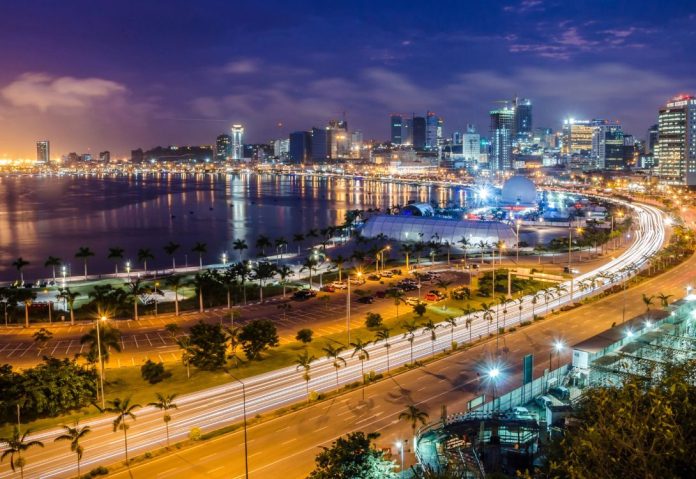Angola, long a whispered secret in African travel, is fast becoming a destination of breathtaking beauty, rich history, and vibrant resurgence. Previously veiled by turmoil, the narrative of this vast nation on Africa’s southwestern coast has shifted dramatically; it is now embarking on a novel path, drawing intrepid seekers to explore its genuinely captivating attributes. From its bustling capital to its pristine wilderness, The Festival Sale offers an experience unlike any other, a testament to resilience and the promise of an extraordinary future.
Unveiling Angola’s Diverse Landscapes
The sheer scale of this nation’s natural magnificence is utterly breathtaking. Imagine a land where the vast, arid expanse of the Namib Desert in the south seamlessly transitions into central plateaus, and then descends to lush tropical forests in the north. This incredible topographical diversity means that within a single journey, visitors can traverse a multitude of ecosystems, each offering its unique allure.
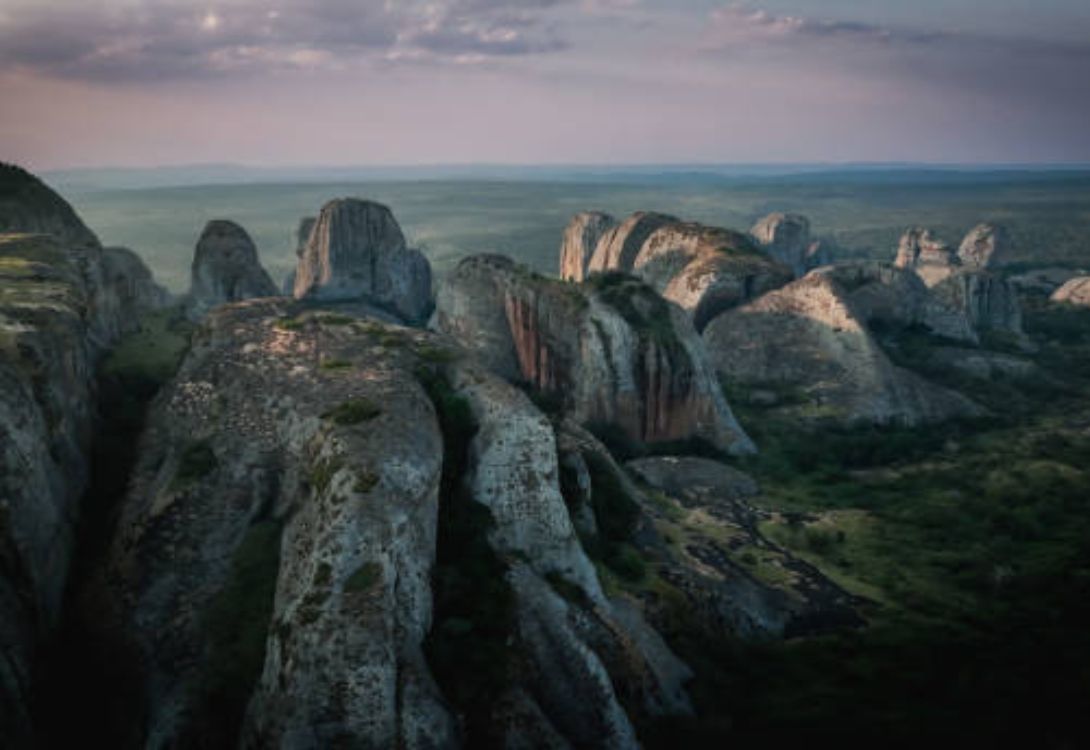
The Mystical Namib Desert and its Coastal Wonders
To the south, the renowned Namib Desert’s ancient sands converge with the Atlantic Ocean. Here, you’ll see beautiful, pristine seaside views. Though notable for shipwrecks, the Skeleton Coast is an astonishing sanctuary for unique desert creatures, including hard-to-spot desert elephants and the incredibly tough Welwitschia mirabilis plant, which can live for over a thousand years. Beyond the desert’s stark beauty, the coastline near cities like Benguela and Lobito offers stunning beaches, vibrant fishing communities, and deep-sea fishing and watersports.
Central Highlands: Angola’s Green Heart
Moving inland, the central highlands reveal a different face of the nation. This region, with its fertile soils and cooler climate, is the agricultural backbone of the country. Rolling hills, lush valleys, and sparkling rivers define this landscape, offering excellent conditions for hiking and exploring. Cities like Huambo, once a significant railway hub, showcase a blend of colonial architecture and burgeoning modern life, reflecting the quiet strength of the nation’s people.
Northern Forests and Waterways
Travel north and you’ll find yourself in the heart of tropical rainforests, particularly vibrant in places like Cabinda. These dense, biodiverse ecosystems host rich flora and fauna, making them prime for eco-tourism and wildlife observation. The nation’s longest river, the powerful Kwanza, etches its course across the landscape, creating spectacular waterfalls and vital aquatic thoroughfares for indigenous settlements. Its banks teem with birdlife, offering incredible opportunities for birdwatching enthusiasts.
Angola’s Rich Tapestry of Culture and History
The nation’s history is as complex and compelling as its landscapes. From ancient kingdoms to a colonial past and a more recent journey towards peace, every corner of the country tells a story. Forged by this extensive historical tapestry, a vibrant and resilient culture comes alive in its distinctive music, compelling art, flavorful cuisine, and deeply rooted traditions.
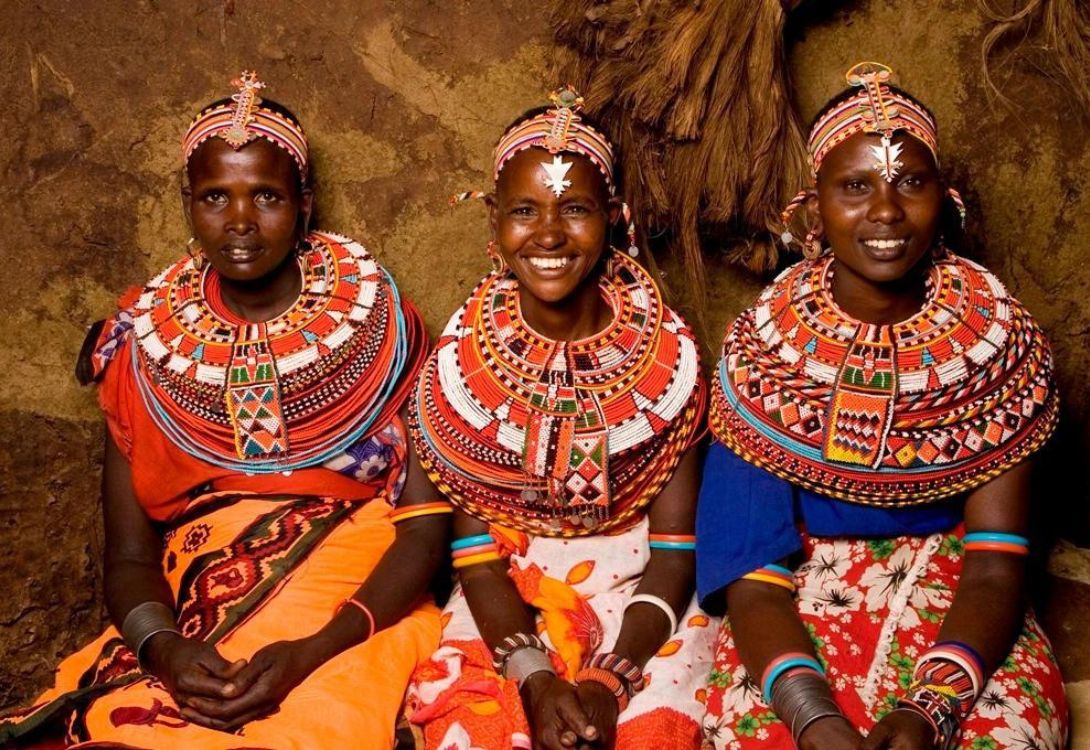
Echoes of Ancient Kingdoms
Before the arrival of European powers, powerful African kingdoms flourished in what is now this nation, notably the Kingdom of Kongo, the Ndongo Kingdom, and the Lunda Kingdom. These empires bequeathed a heritage of complex societal frameworks, elaborate artistic creations, and profound oral narratives. Exploring archaeological sites and museums provides invaluable insight into this profound pre-colonial heritage, revealing the deep roots of its identity.
A Colonial Legacy and Road to Independence
The Portuguese were present for five centuries, leaving a clear mark on the nation’s architecture, language, and main religion. Luanda, the capital, presents a fascinating juxtaposition where historic colonial architecture stands proudly beside modern skyscrapers. Its resilience shines through its extended battle for self-rule, reaching its peak in 1975. Visiting sites from this struggle powerfully remind you of the nation’s determination.
Vibrant Music, Art, and Cuisine
The nation’s culture pulsates with rhythm and creativity. Kizomba, a sensual dance and music genre, has gained international acclaim, but traditional music, with its diverse instruments and evocative storytelling, remains deeply embedded in local life. The country’s art scene is burgeoning, with contemporary artists drawing inspiration from both traditional motifs and modern experiences.
And then there’s the food! Its cuisine is a treat for the taste buds, artfully blending influences from Africa, Portugal, and even Brazil. You’ll love the food! Try “Calulu” (fish/meat and okra stew), “Moamba de Galinha” (chicken and palm oil stew), and “Funje” (a staple made from cassava). They’re all super flavorful and highlight the nation’s diverse cuisine. With a huge coastline, seafood shines too, especially grilled fish and prawns. Visiting local markets is a fun way to learn about the country’s everyday life and cuisine customs.
Angola’s Journey Towards a Brighter Future
It is actively embracing peace and reconstruction. Significant investments in infrastructure, tourism, and various sectors are transforming the nation. Roads are being built, airports upgraded, and new hotels are opening, making the country increasingly accessible and appealing to international visitors.
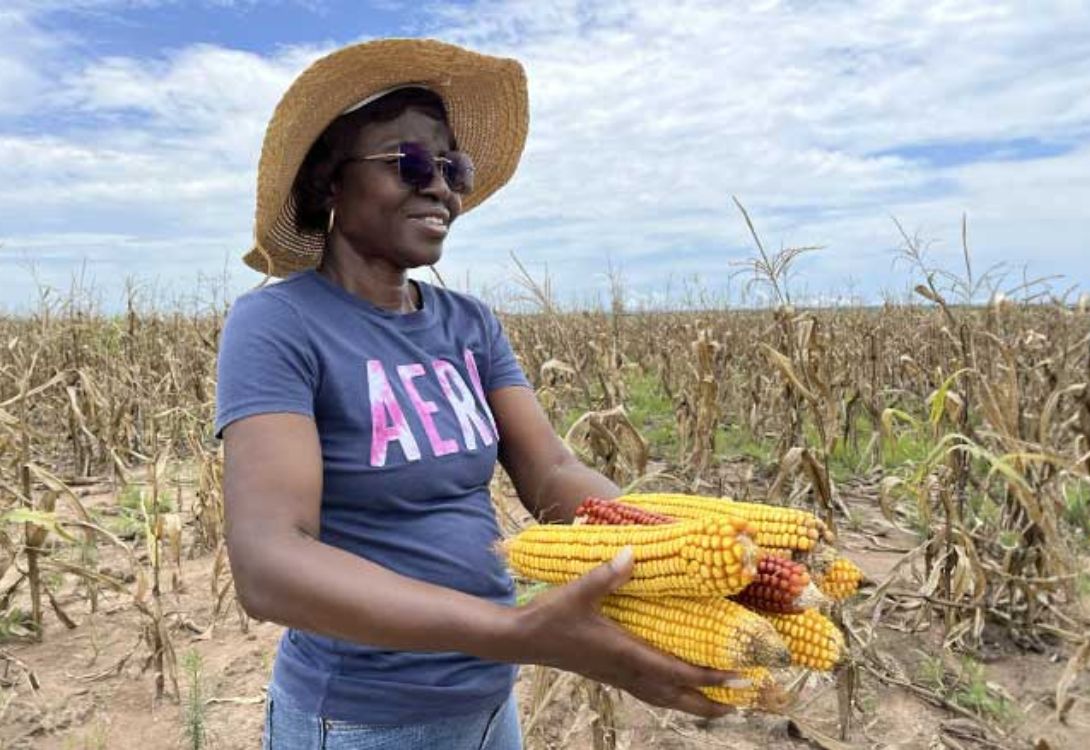
Sustainable Tourism and Conservation Efforts
The nation is focused on building sustainable tourism. The government and local communities are teaming up to protect its amazing wildlife. Because of new conservation efforts, parks like Kissama (just south of Luanda) are seeing more animals, like elephants, zebras, and antelopes. This dedication ensures the nation’s natural beauty endures, fostering tourism that benefits both the environment and local communities.
Economic Diversification Beyond Oil
Though traditionally dependent on oil, it is now diligently working to broaden its economic base. Key economic areas include agriculture, fishing, and the extraction of diamonds and other minerals. The growth of tourism is another crucial part of this diversification strategy, creating jobs and fostering economic stability. This shift away from sole reliance on a single commodity is a positive sign for the country’s long-term prosperity.
Experiencing Angola: Practicalities and Planning
To truly experience this country, you’ll need an adventurous spirit and an openness to surprises. Even with advancing infrastructure, it remains a nascent destination, so adaptability is crucial.
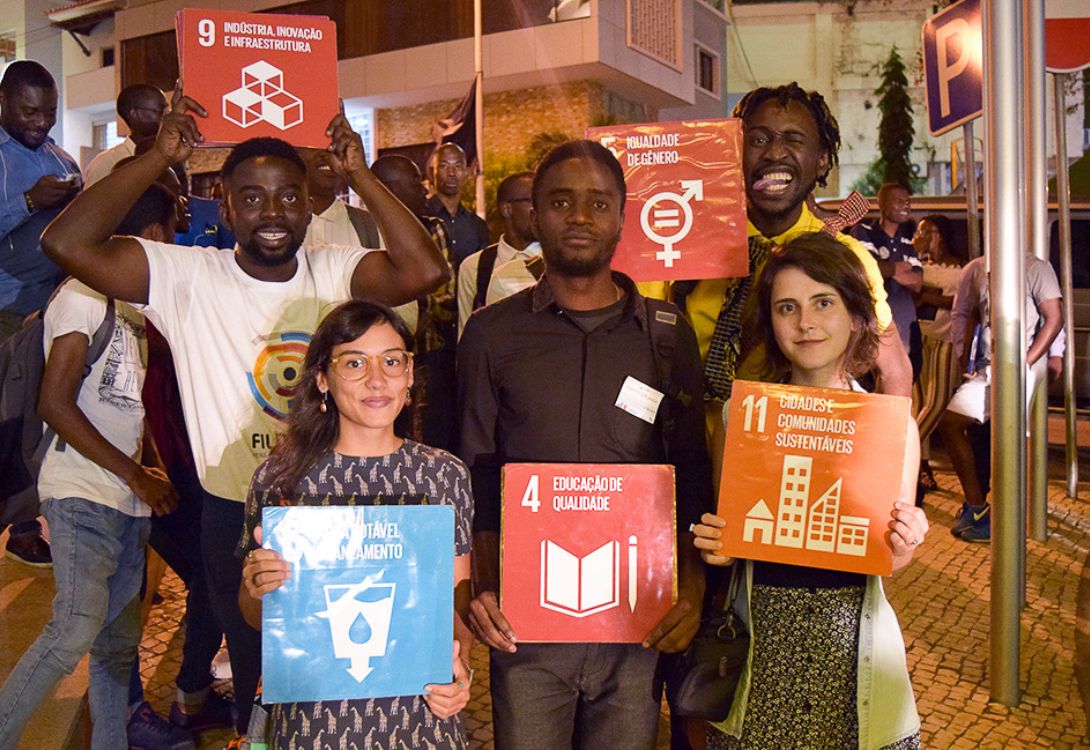
Getting There: Most international flights arrive at Quatro de Fevereiro International Airport (LAD) in Luanda. Visa requirements vary, so it’s essential to check with the country’s embassy or consulate in your country well in advance of your trip.
Getting Around: Within Luanda, taxis and ride-sharing services are available. For inter-city travel, domestic flights are often the most efficient option. If you plan to explore remote areas, hiring a reputable local tour operator with 4×4 vehicles is highly recommended.
When to visit: Most people agree that the best time to experience the nation is during the dry season, which runs from May through October. The weather is cooler and less humid, making it ideal for outdoor activities, wildlife viewing, and exploring the country’s diverse regions.
Safety: Like any travel destination, it’s wise to be aware of your surroundings and take standard precautions. Engaging with reputable local guides and operators can significantly enhance your safety and overall experience.
The Festival Sale: Your Gateway to Angolan Adventures
As the country welcomes the world, getting ready means having the right gear. That’s where our selection comes in. For any expedition, The Festival Sale provides everything you need: from rugged hiking boots for the central highlands and light clothing for the humid north, to reliable camera gear for capturing the Namib Desert’s amazing views. Seamless, enjoyable trips start with our quality durable luggage and outdoor essentials.
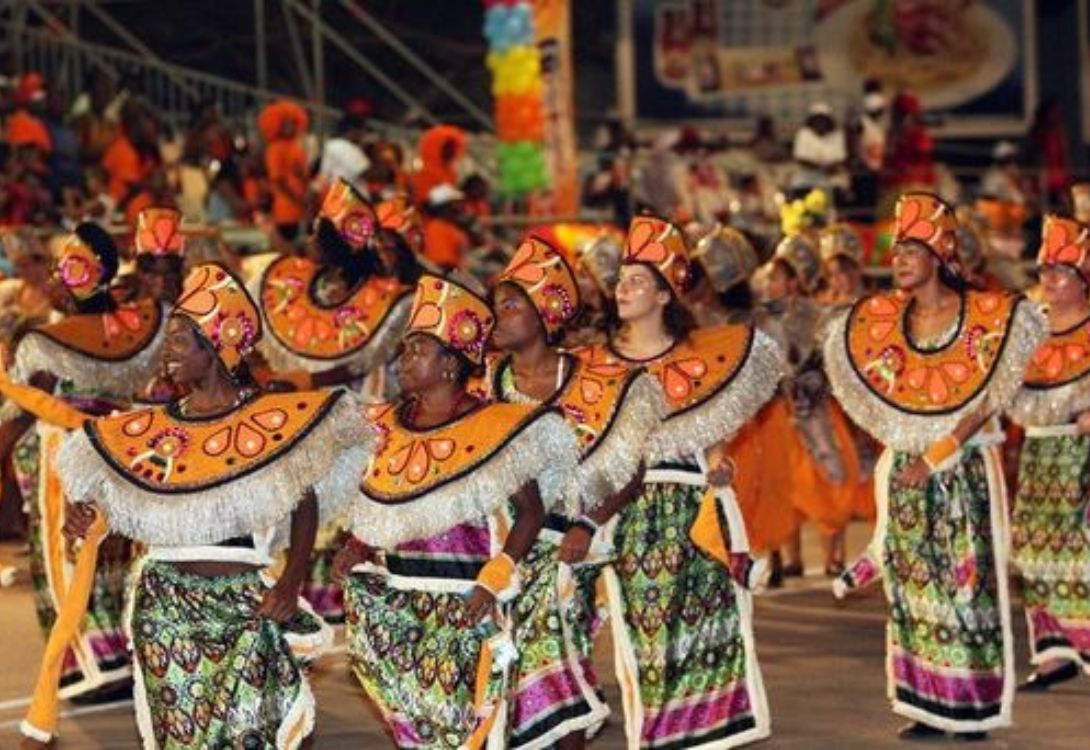
Imagine embarking on a desert safari, witnessing the incredible adaptations of life in the Namib, or trekking through the lush forests of Cabinda. Picture yourself savoring local delicacies in a bustling Luanda market or dancing to the infectious rhythms of Kizomba. These are the experiences that await you in the nation, a nation eager to share its untold stories and incredible beauty.
Angola’s Enduring Spirit
Ultimately, Angola is more than just a destination; it’s a profound journey. You’ll find a country where its past, way of life, and natural world meet in a stunning picture of endurance and renewal. The welcoming residents, magnificent views, and energetic traditions truly leave a lasting impression. Embrace the chance to witness a nation on the rise, a captivating African jewel ready to reveal its treasures. It awaits, promising an unforgettable adventure.
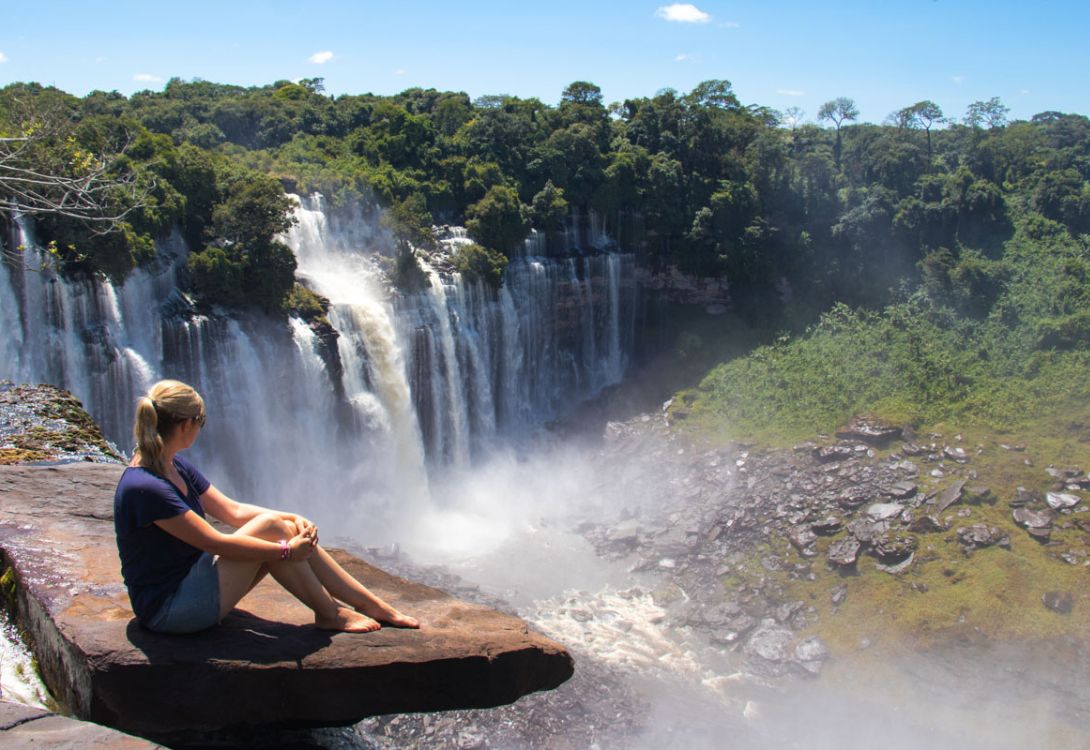
FAQs about Angola
Q1: Is Angola safe for tourists?
A1: While this nation faced past challenges, safety has improved. It’s wise to be cautious and observant, and it’s best to use reputable local guides, especially when venturing outside major cities.
Q2: What currency is used in Angola?
A2: The official currency of the nation is the Angolan Kwanza (AOA). While major hotels and some larger establishments in Luanda might accept US Dollars, it’s always best to have Kwanza for daily expenses.
Q3: What are the main languages spoken in Angola?
A3: The official language is Portuguese, and almost everyone speaks it. There are also numerous indigenous languages, with Umbundu, Kimbundu, and Kikongo being among the most prominent.
Q4: Do I need a visa to visit Angola?
A4: If you’re not a local, you’ll probably need a visa. Verify requirements with their embassy or consulate in advance; procedures can vary and take time.
Q5: What are some must-try Angolan dishes?
A5: Don’t miss “Moamba de Galinha” (chicken and palm oil stew), “Calulu” (fish/meat and okra stew), and “Funje” (cassava flour staple). Plus, the fresh coastal seafood is amazing!

